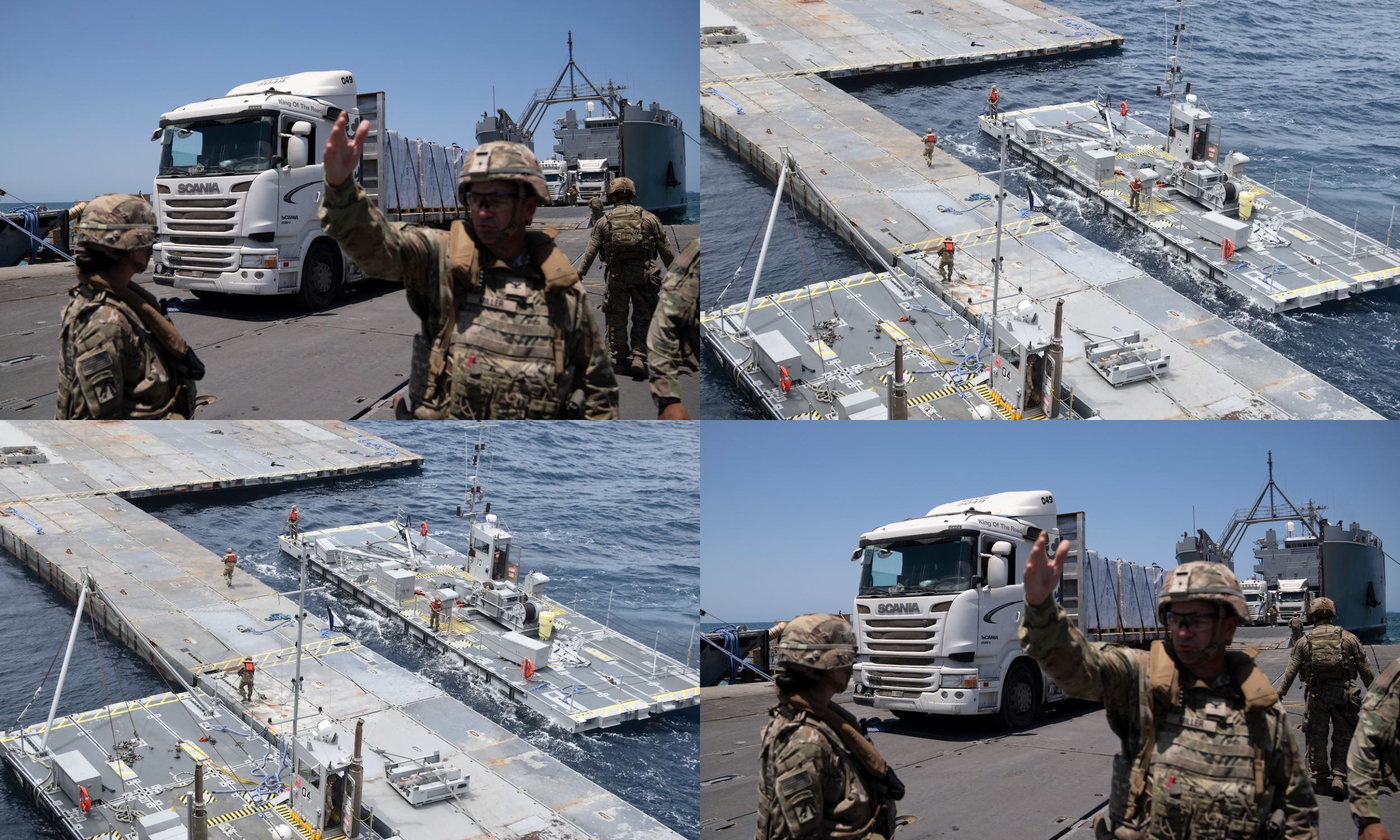The Biden administration proceeded with the construction of a humanitarian aid pier off Gaza’s coast despite internal warnings about obstacles, according to a report by the USAID Office of Inspector General (OIG). The report highlights pre-announcement concerns about the feasibility of establishing a large maritime aid corridor, with some USAID officials suggesting that land routes might be more effective due to potential logistical and technical issues associated with the pier.
President Biden introduced the pier project during his State of the Union address in March, in response to the insufficient humanitarian aid reaching Gaza despite the Israel-Hamas conflict. Despite the pressing need for essentials like food, water, and medicine, as reported by the UN, the pier’s implementation faced numerous hurdles.

The World Food Programme (WFP) had recommended placing the pier in northern Gaza, ensuring security, and maintaining land route aid distribution. Instead, the pier was installed in central Gaza, which was closer to those in need, but lacked a security partner after Israel declined due to neutrality concerns.
Operational issues plagued the pier, which was designed to function for three months but faced severe weather challenges upon its late May activation. The pier was intermittently operational for only 20 days before the Pentagon decided to terminate the mission in July. Initial breakdowns led to ships being stranded, and subsequent repairs were conducted in Ashdod, Israel.
The OIG report also noted difficulties in distributing aid onshore, including security issues, looting, and resistance from Palestinians who perceived the mission as militarized. The $230 million project, using a Joint Logistics Over-the-Shore (JLOTS) system, failed to meet its target of providing aid to 500,000 Palestinians monthly, delivering sufficient aid for only 450,000 for one month.
White House spokesperson Sean Savett defended the administration’s efforts, stating that despite the challenges, the pier was crucial for addressing Gaza’s dire humanitarian situation. The OIG’s review involved USAID and WFP officials but did not include the Defense Department, which is conducting a separate investigation into the maritime corridor.

